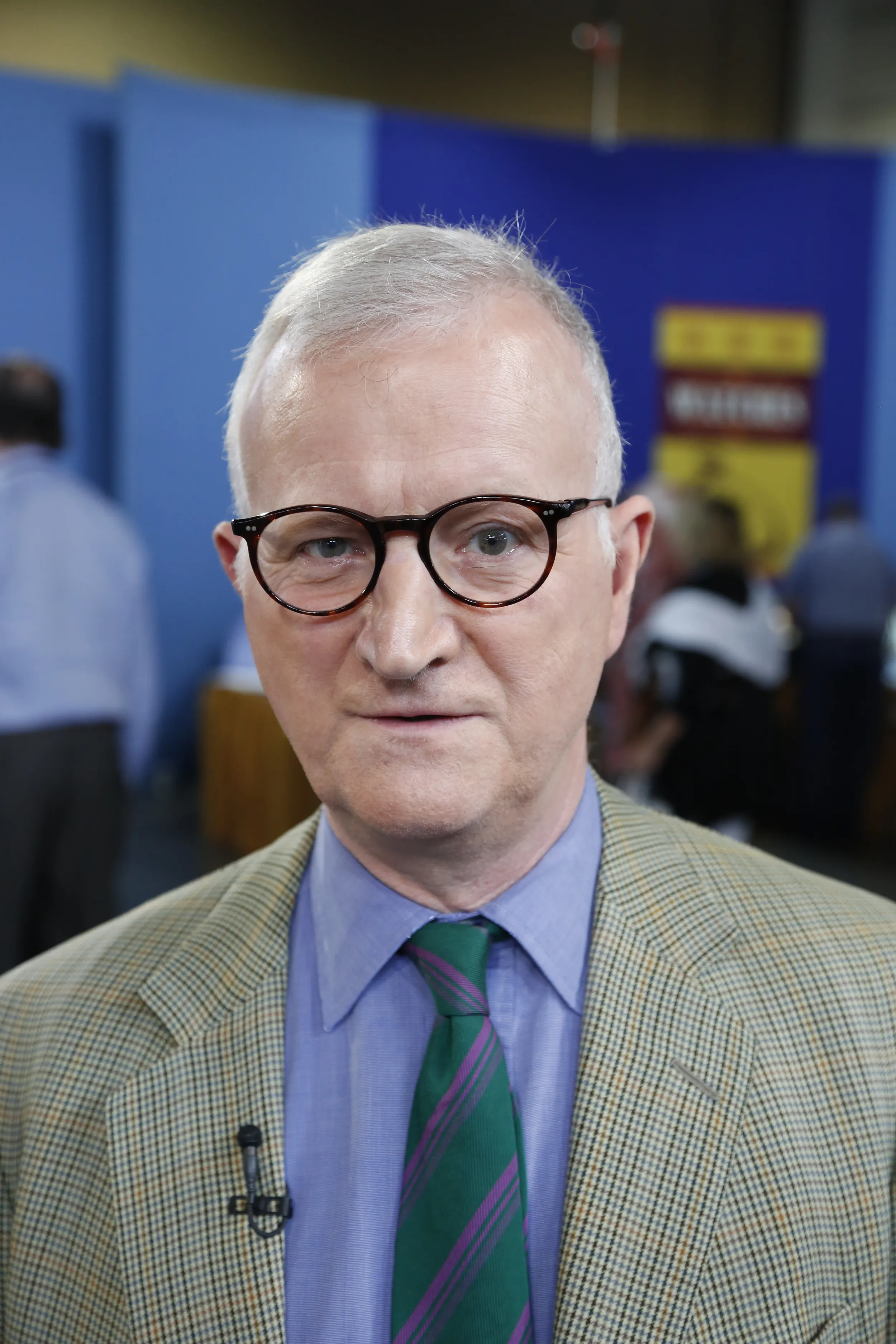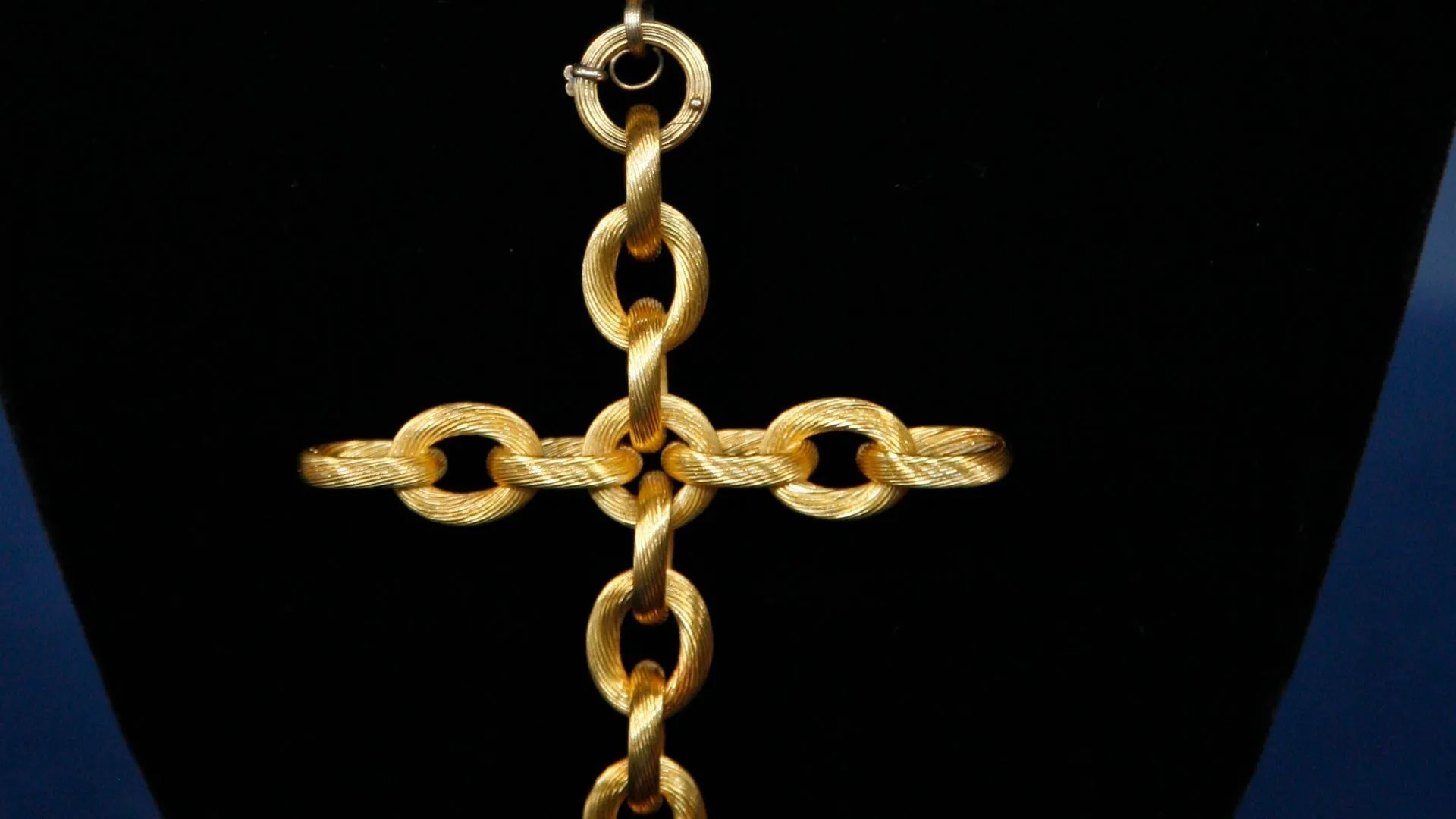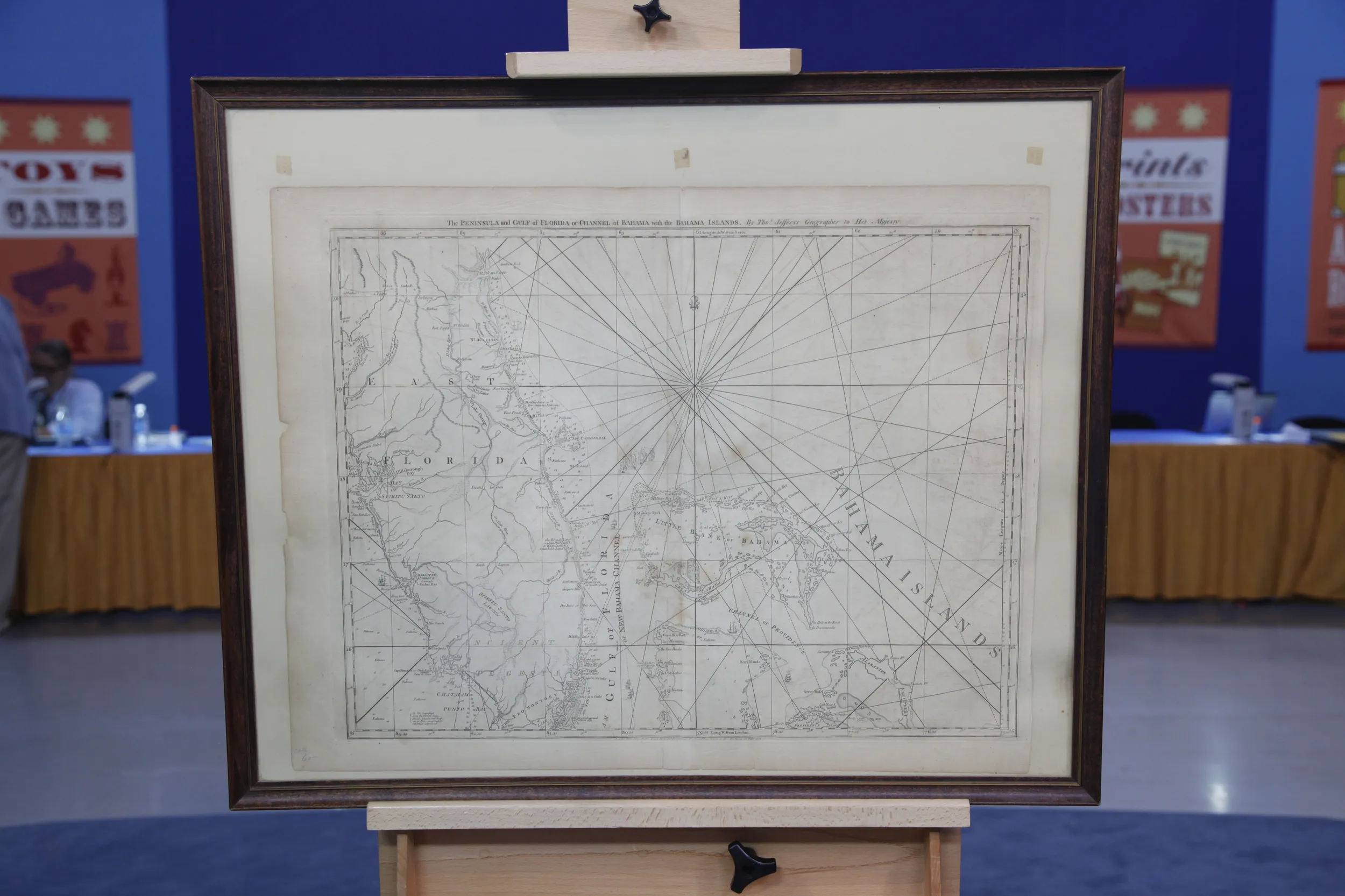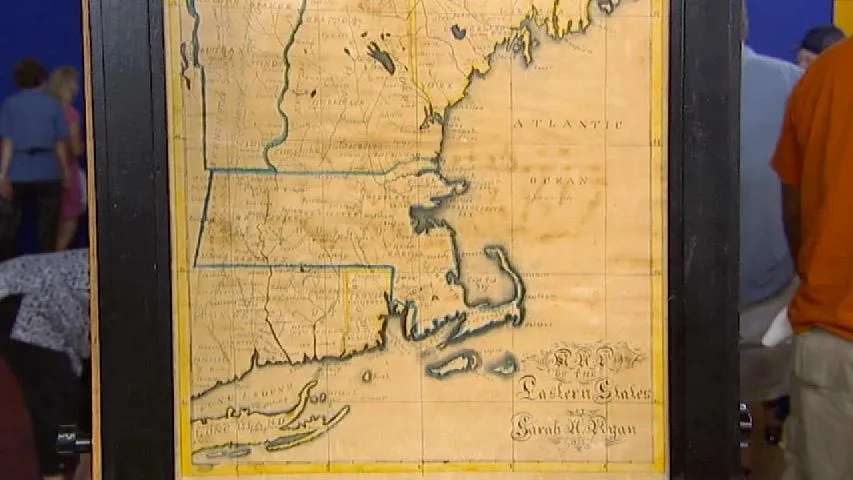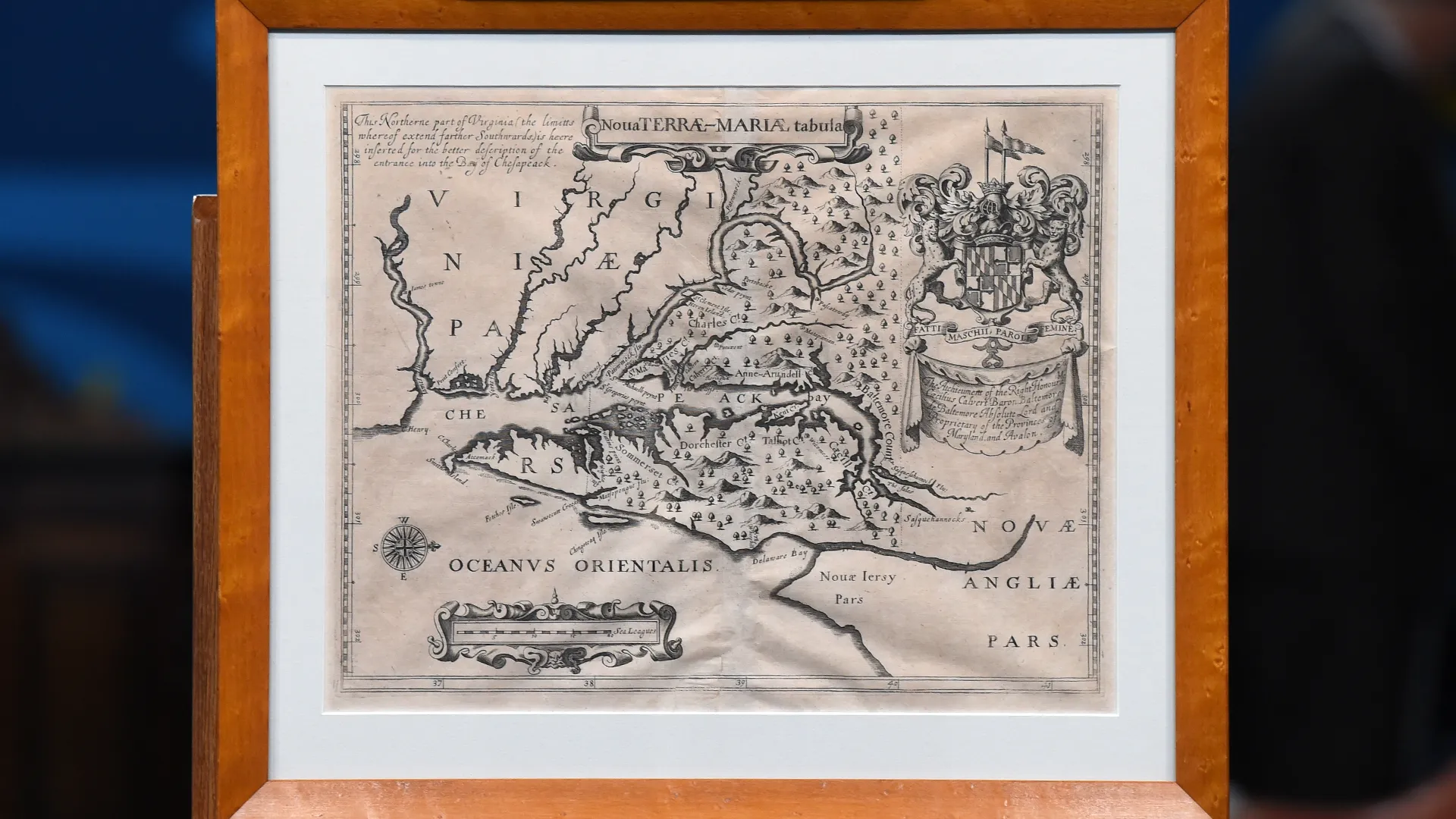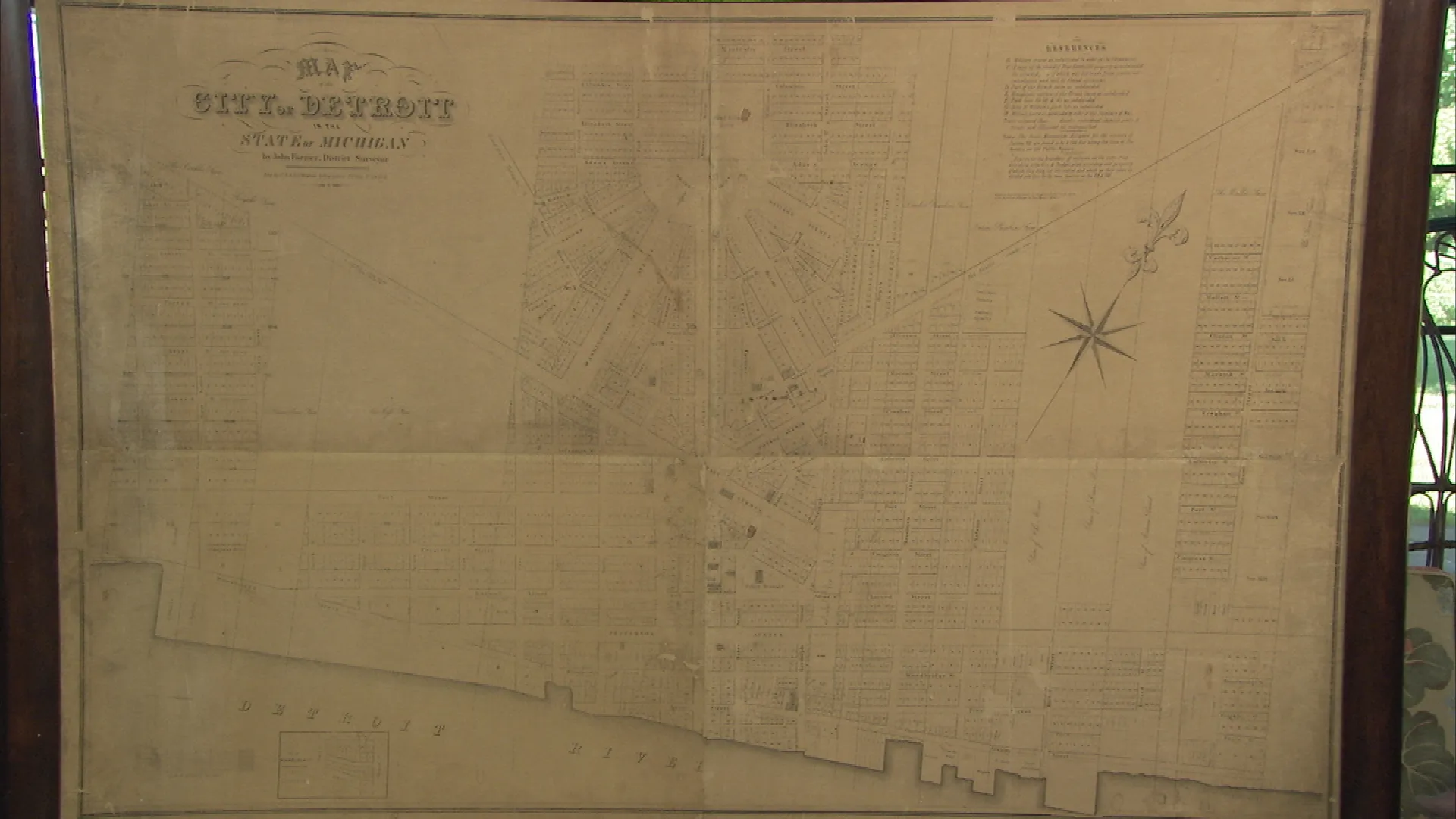GUEST: Well, it was printed in 1836. And my father acquired it about 50 years ago, when we lived in western New York, outside Buffalo. It was handed down to me a couple of years ago. It was something that I marveled at as a child, looking at the old historic maps and finding things like Transylvania.
APPRAISER: Yes, well, I agree with you. It is a, it is a marvelous thing. Burr's Atlas of 1836. It's, as it says, a universal atlas, and it was a world atlas. It followed on a pattern of 18th-century atlases. And this, of course, was a period of intense exploration of the world and the broadening of the world. And it's great that this interest should come to America as, you know, 60 years on after it emerges as a nation.
GUEST: Mm-hmm, certainly.
APPRAISER: And here's Burr publishing this book in 1836. And the beauty of this atlas is that it's hand-colored in outline; and because these maps have remained in the volume, the colors remain absolutely vivid.
GUEST: Mm-hmm.
APPRAISER: And no wonder it enthralled you as a child, that's right.
GUEST: Yeah, right, exactly.
APPRAISER: You've got a variety of them. There's-- I think it's 63 maps in there, isn't it?
GUEST: I believe so, yes.
APPRAISER: Yeah, 63 maps. Well, here's Africa, for example. And look at all that white space for the unexplored regions. This is a long time before Africa was carved up and colonialized.
GUEST: Mm-hmm.
APPRAISER: But it was the start of it. And then, of, uh, more local interest here in Spokane, of course, is the map of Oregon Territory. And all this area, I think, was Oregon Territory.
GUEST: Mm-hmm.
APPRAISER: Again, you see this very bright outline color.
GUEST: Would these be purchased for academic purposes, or in a sitting room, parlor situation, library?
APPRAISER: You've hit the nail on the head.
GUEST: Okay.
APPRAISER: Private library at home, teaching at schools.
GUEST: Mm-hmm.
APPRAISER: Some of the better academies and places like Harvard and Yale and Princeton, the universities, would have had this. And this is where Burr would have made his money as an author and atlas-maker.
GUEST: Mm-hmm, excellent, excellent.
APPRAISER: It's become quite sought after.
GUEST: Oh.
APPRAISER: The attrition to atlases like this has been quite severe because a number of maps have been taken out and framed.
GUEST: Uh-huh.
APPRAISER: And the beauty of this, of course, is, you've got them all here.
GUEST: Right.
APPRAISER: In terms of condition, it may look a bit of a problem, but actually, this original grained cloth, which was a deeper purple, as you see...
GUEST: Mm-hmm.
APPRAISER; ...could be revived, and then, a conservator binder could put a good back on that.
GUEST: Okay.
APPRAISER: There's a lot of interest in cartography at the moment.
GUEST: Uh-huh.
APPRAISER: And particularly in complete atlases. This would bear an auction estimate in the region of $15,000 to $20,000.
GUEST: Whoa!
APPRAISER: Yeah.
GUEST (laughs): That's a lot more than my dad paid for it.
APPRAISER: Yes, I'm sure it is.
GUEST: A good investment.
APPRAISER: Yeah.
GUEST: To think I almost didn't bring it.
APPRAISER: Really?
GUEST (chuckles)
